Weltschmerz – Transforming melancholy into beauty
Hi Tomislav! It’s a pleasure to have you for this interview. Thank you so much for your time. Could you start by introducing yourself to our readers?
Hi fuji lovers! I’m Tomislav, from Serbia, and I’m crazy about photography. I’m so happy that you noticed my work, and I’m glad to be a part of your magazine.
Apart from your work for clients as a Wedding, Portrait and Events photographer, we understand that you also have some ongoing personal projects, namely doing Nature and Documentary photography, correct? Could you explain the importance of keeping this type of personal projects going, outside the professional context?
Yes, you’re right – and you chose to focus on the most important part of my photography, my personal projects. I’m at the very beginning part of my professional career, and I haven’t reached many clients yet – but when I do, it’s crucial to me that what I’m passionate about stays as it is, and that I have time to explore myself through personal projects.



RIGHT: Fuji X-T2 . Fuji XF35mmF1.4 . F/1.8 . 1/550″ . ISO 800

This work of yours conveys a sense of isolation and solitude. And you manage to do it in an exemplary way, taking advantage of weather conditions while photographing the forests or man-made abandoned elements, like buildings, cars, chairs… Outside of the hustle and bustle of your work as a Wedding/Portrait photographer, is this the environment where you feel comfortable, and where do you go to restore your energies?
Thank you for noticing that! Yes, the concepts and moods that you mentioned are what make me happy at the moment and inspire me the most.
To me, photography is like working on myself, it’s a sort of therapy. A photograph has to carry an emotion and be poetic. It should give each viewer a chance to connect with it, and this is why I rarely give titles to my photos – because I don’t want to direct the viewer to my point of view. The most crucial element of art is to reflect emotions, explore all parts of one’s personality, and express all of that in a certain way. This is especially true for dark and hidden parts of ourselves. Joy is easy to express and share with people, but it’s a true challenge being able to transform anxiety, melancholy, and general weltschmerz (pain/ sadness) into beauty. This is what I’m trying to do. I see beauty in all of my scenes – in fog, rain, wind, mornings and nights… I had people tell me that my photos are dark, but I just don’t see them that way. I love the post-apocalyptic atmosphere, an ambience in which it seems like nature is winning over man, that mixture of greenery and concrete, fog, and forest…



RIGHT: Fuji X-T3 . Fuji XF23mmF2 . F/4.0 . 1/200″ . ISO 160
But I also love landscapes that are not obviously breathtaking scenes of popular locations, and I’d rather find some details in which I can discover my inner emotions, something I can relate to in the given moment. Even when I find myself at an attractive location, my personal favourites are never the photos that make that location recognizable but those micro-connections with my inner feelings and emotions. I like scenes with no people. I tried doing some classic street photography, but that genre goes against my personality. It’s easy to upset people, and I just don’t feel comfortable taking photos of strangers without their permission. However, cities and urban environments do inspire me, but because I don’t take photos of people, I would rather call that documentary work, or even a cinematic approach to photography, since it’s more inspiring to me to take photos at night or during blue hour.



RIGHT: Fuji X-T3 . Fuji XF23mmF2 . F/5.6 . 1/320″ . ISO 640



Are these photographs all taken in the nearby woods and villages, or do you always look for these types of environments wherever you travel?
Yes, most photos have actually been created within a few kilometres radius from where I live. Those are the locations I frequently visit with my favourite buddy – my dachshund Momčilo, and I look for inspiration there over and over again. The place where I live with my wife and our dog is a small town that’s getting more polluted by the day, but it’s surrounded by a modest yet wonderful mountain and forests that are being destroyed and depleted bit by bit. Danube is also nearby but the river bank is also being drowned in garbage due to negligence. It’s hard to look at all of that. That helplessness to change any of that made me shift my primary focus to portrait and fashion photography because those same locations that used to charge my batteries became a big source of frustration, and that’s not what I’m looking for in photography. I’m hoping to travel more in the upcoming months, and I’m curious to see how my photography will evolve when I connect to other locations.

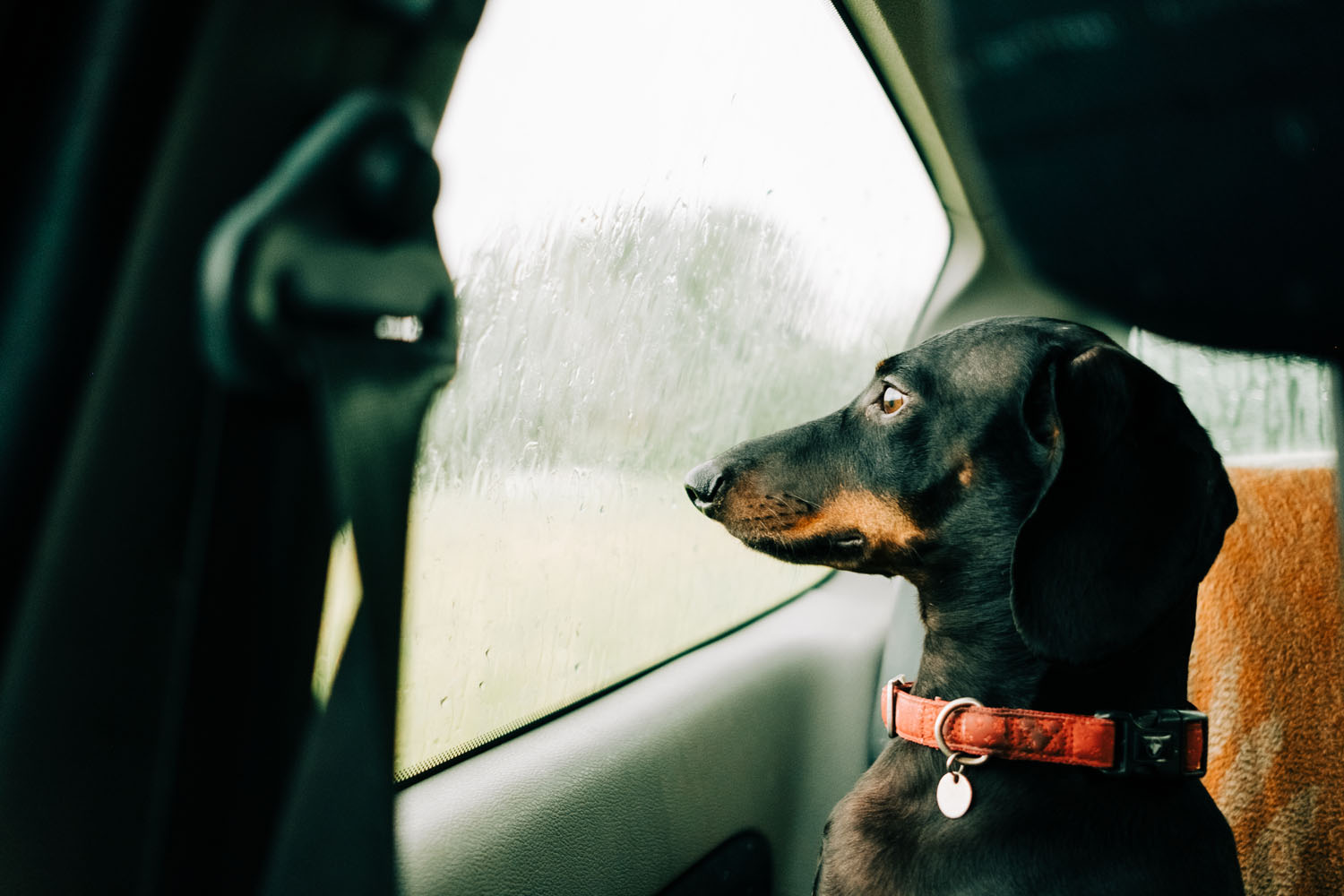
RIGHT: Fuji X-T2 . Fuji XF23mmF2 . F/2.0 . 1/100″ . ISO 800


Do you make a distinction between equipment to use in a professional context and for your personal projects, or did you look for a kit flexible enough to be used in both situations?
The latter – I adjusted my Fuji kit so I can use it both for hobbies and personal projects, as well as professional work.
Could you please describe to us the cameras and ones you currently use?
For professional work, I’m currently using a combo of X-T3 and X-T2 cameras which I carry together on elegant, handmade leather belts. I’m really into prime lenses, so they’re my primary tools – on one camera, I have the phenomenal new XF 23mm f1.4 LM WR, and on the other one, I usually use either the old XF 35mm f1.4 (which gives wonderful analogue-esque results in combination with the X-T2) or the fabulous and sharp Sigma 56mm. In my professional work, I mostly use a kit lens only for formal photos in combination with flash, to adjust the scene more easily, depending on the number of people.
When it comes to personal projects, I’m leaning towards a more minimal approach – it’s usually just one camera and 23mm or 35mm prime. I love the X-T2 because it has a Jpeg file which I usually prefer to the X-T3. I recently got an X-E4 to make my kit even lighter. It’s a fantastic small camera that I don’t even feel around my neck with a 27mm pancake lens.
As for my other lenses, I rarely use my manual Samyang 12mm, but I frequently use the, although plastic, phenomenal and lightweight 55-230mm zoom.



What are the advantages of the Fuji X system for the type of work you do?
Fuji is fantastic because of the jpeg recipes, which help me get my work as close to the final result as possible while I’m still at the shooting. Also, the equipment is lightweight and easy to carry around, even for a few hours. It’s also reliable, for client work, because of the double backup cards. X-T2 and X-T3 are incredibly adaptable to any situation, and I can change my settings super quickly, thanks to the many adaptable settings and customizable buttons. I’m head over heels for the Fuji system and colours.
What software do you use, and, could you please make a brief description of your post-processing workflow?
I mostly only use Lightroom and Photoshop. I try to go for a more minimal approach and finish most things in-camera to minimise editing time afterwards.



RIGHT: Fuji X-T3 . Fuji XF18-55mmF2.8-4 @30.20mm . F/11 . 2″ . ISO 160
Are all your photographs processed Raw files, or do you sometimes take advantage of Fuji’s film simulations?
For professional use, I mostly process Raw files, but film simulations help with that as well because they make it easy to envision the final result even before I start editing the files.
For everything else, I use Jpeg a lot. Many photos that you see on my Instagram are SOOC files. That’s partially thanks to Fuji and partially to my approach because I wait for perfect weather conditions and lightning. But there is a film simulation for any weather condition that can give wonderful results without any editing.
Especially for a professional who spends hours in front of a screen editing images, don’t you agree that sometimes shooting in Jpeg is incredibly liberating?
Absolutely!

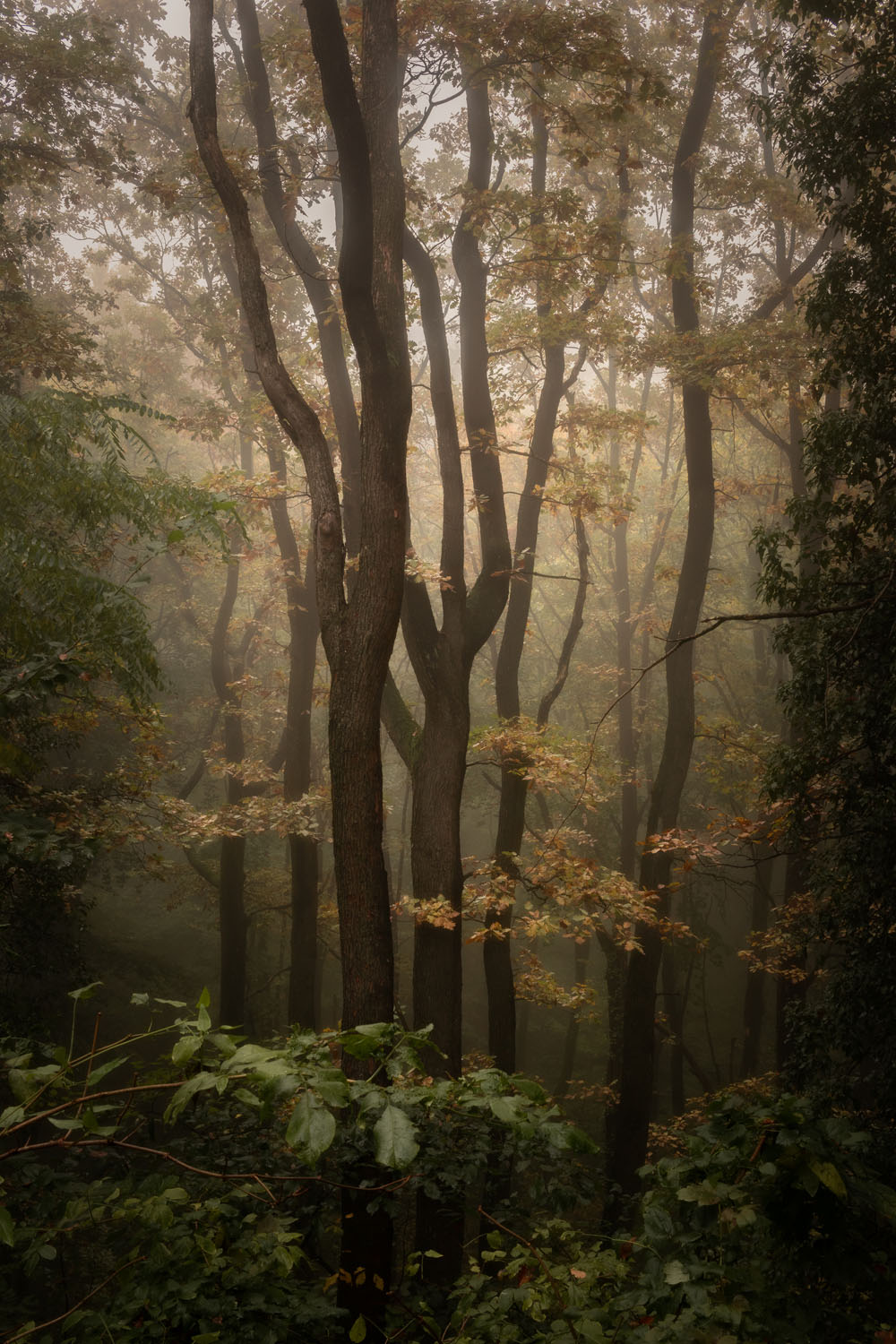

RIGHT: Canon 200D . Canon EF18-55mmF4-5.6 @35mm . F/16 . 1.0″ . ISO 100


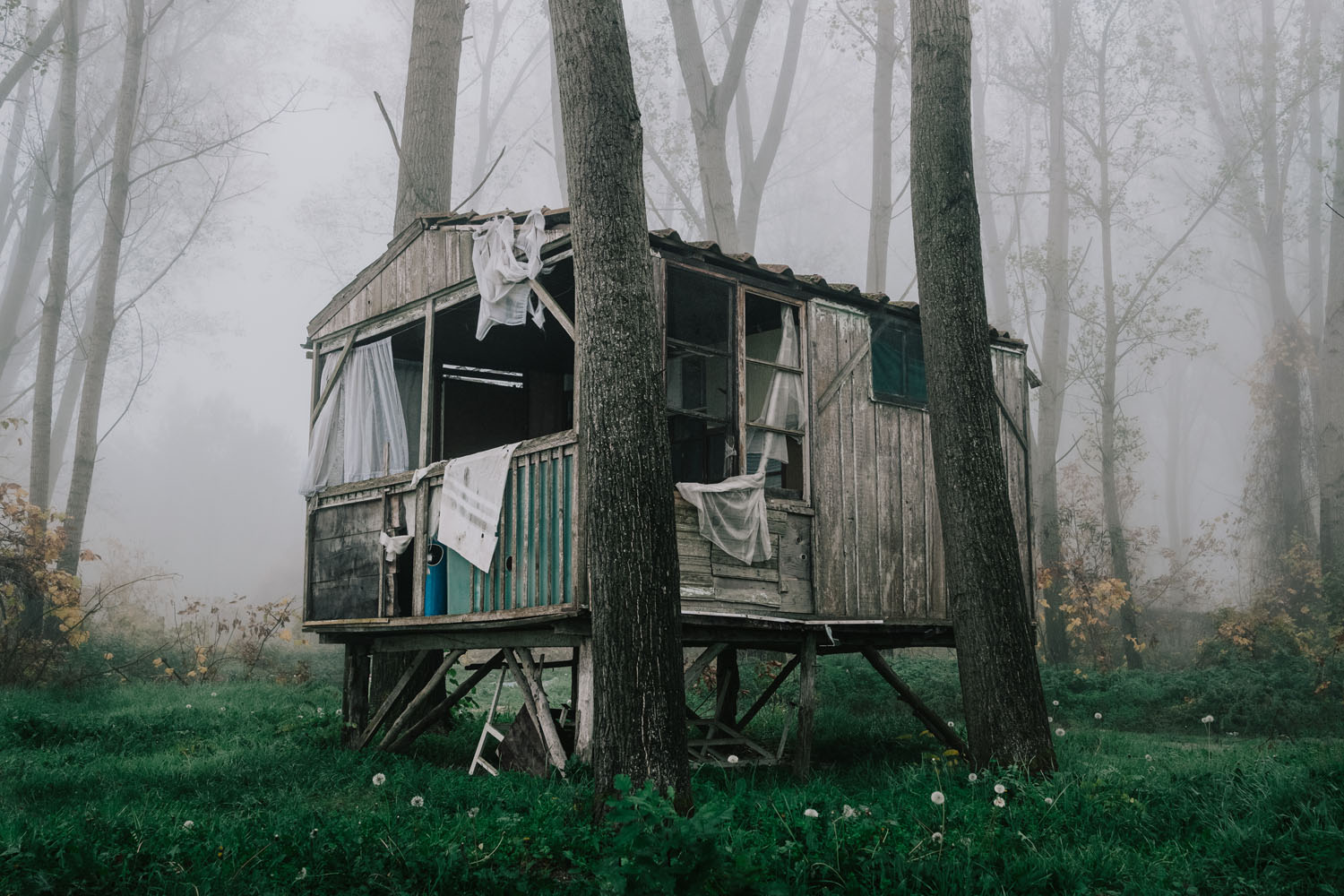
RIGHT: Fuji X-T2 . Fuji XF23mmF2 . F/5.6 . 1/300″ . ISO 500

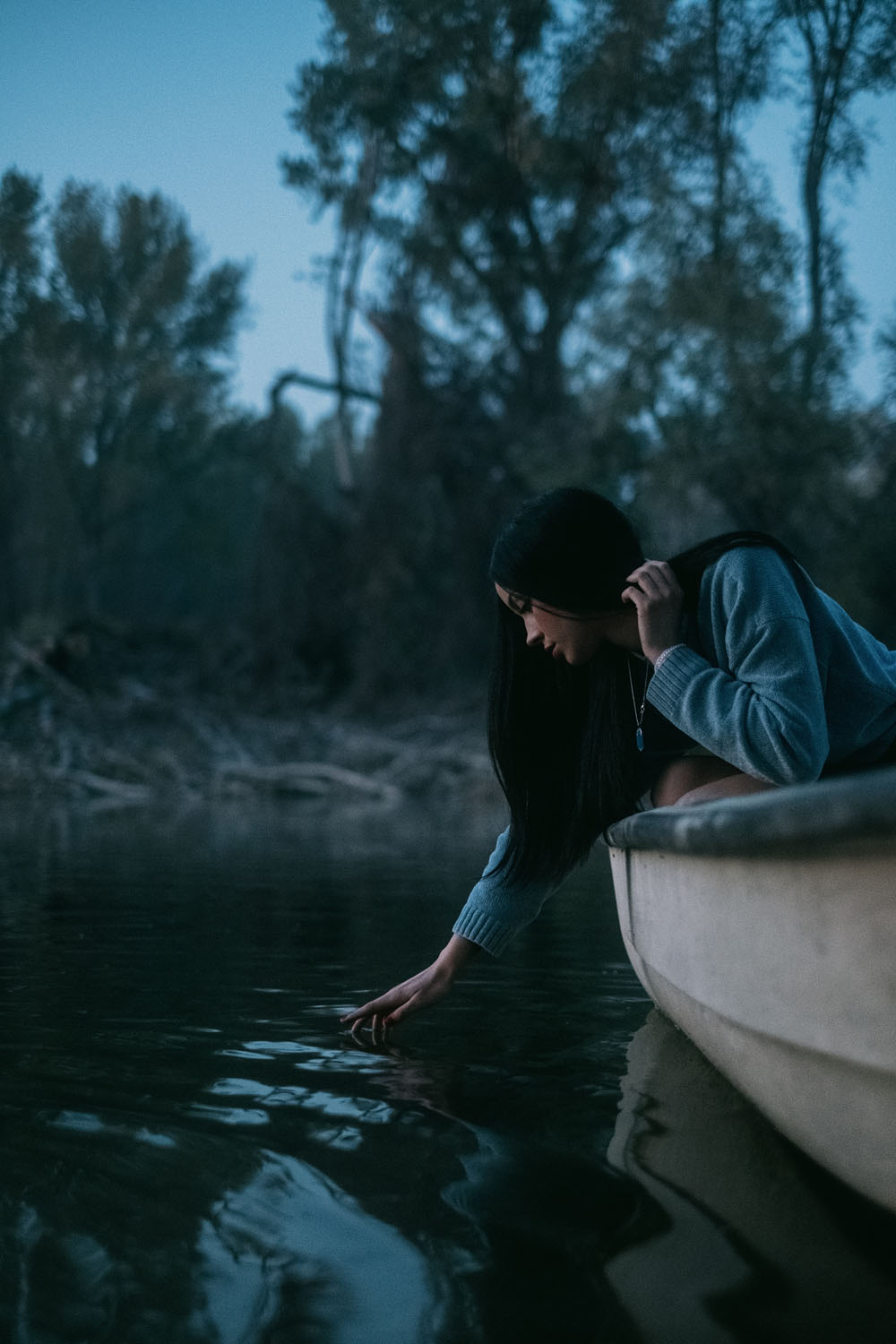
RIGHT: Fuji X-T2 . Fuji XF35mmF1.4 . F/1.4 . 1/160″ . ISO 3200
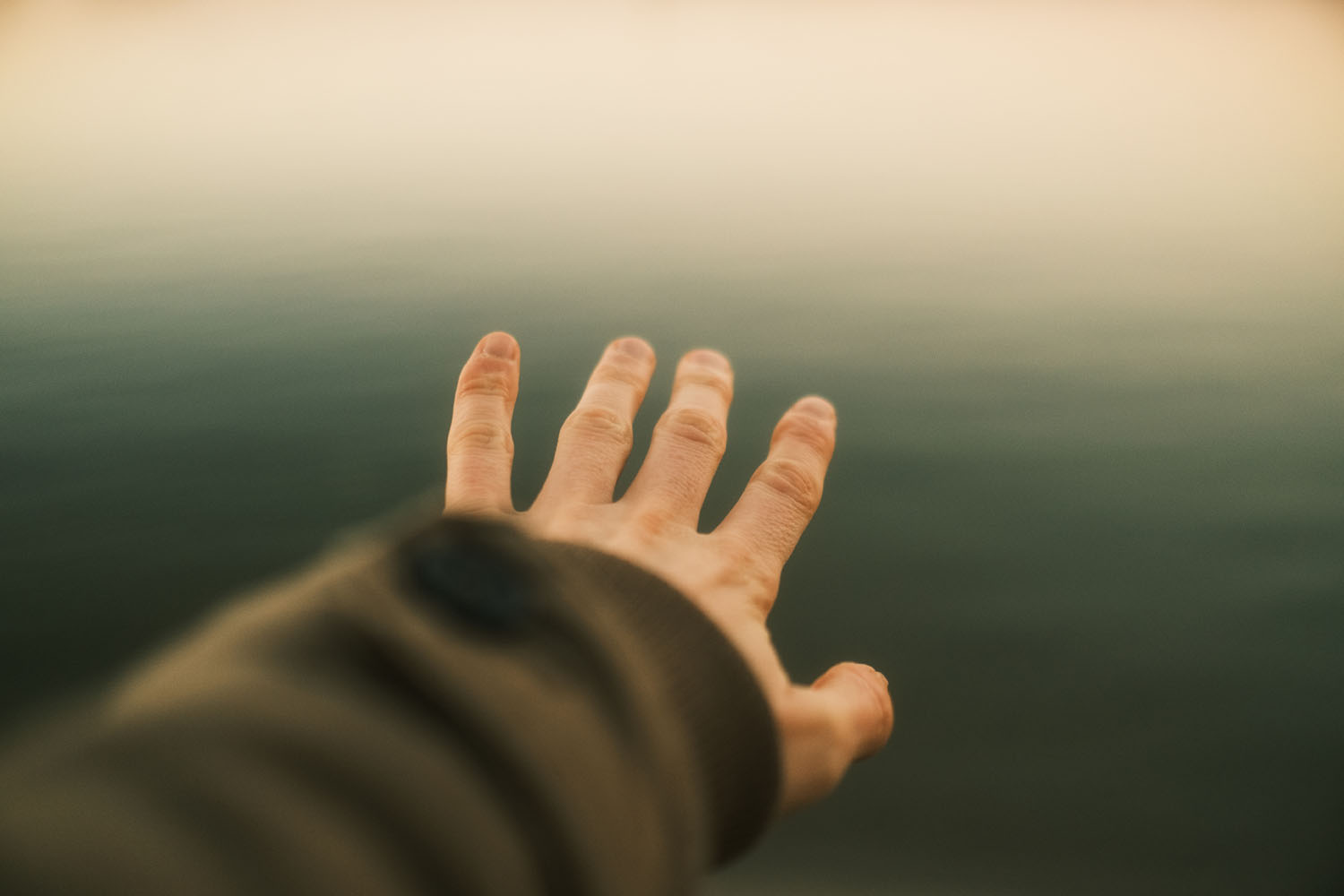


RIGHT: Fuji X-T3 . Fuji XF35mmF1.4 . F/1.4 . 1/1000″ . ISO 200


RIGHT: Fuji X-T3 . Fuji XF23mmF1.4 . F/1.4 . 1/3000″ . ISO 320

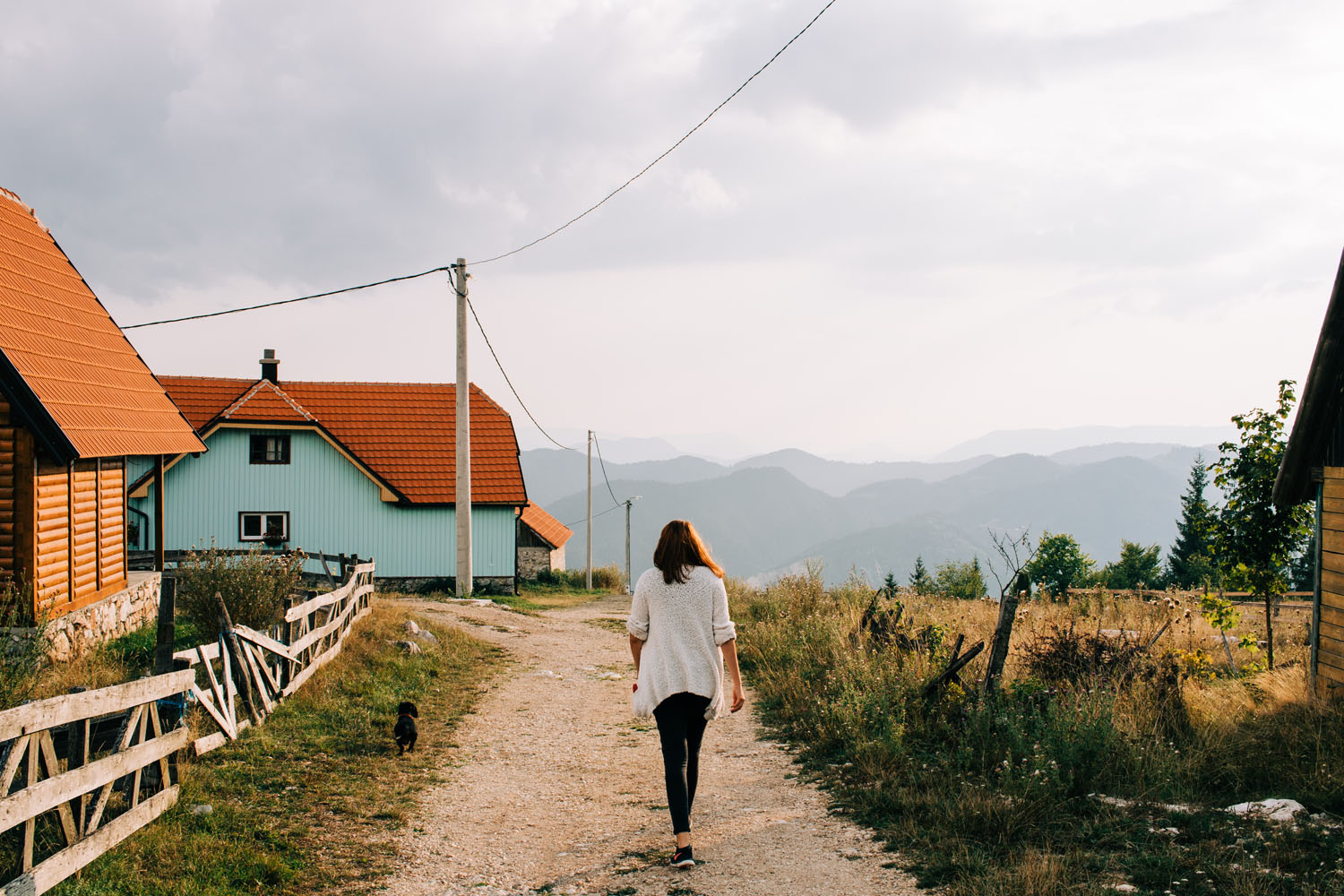

RIGHT: Canon 200D . Canon EF24mmF2.8 . F/9 . 1/100″ . ISO 100


RIGHT: Canon 200D . Canon EF10-18mmF4.5-5.6 @18mm . F/16 . 1/10″ . ISO 100



RIGHT: Fuji X-T3 . Canon EF55-50mmF4.0-5.6 @55mm . F/11 . 1/640″ . ISO 320

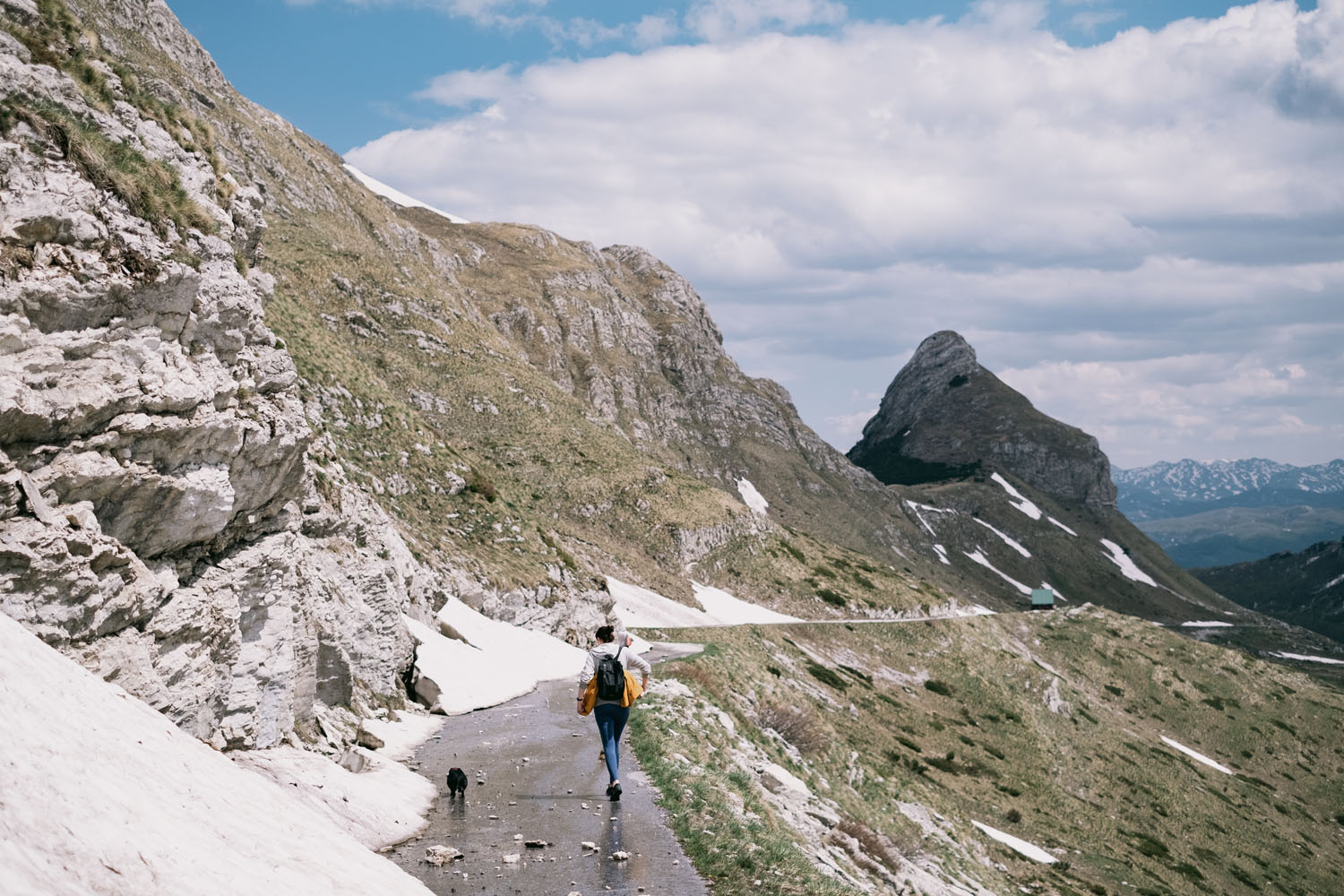

RIGHT: Fuji X-T3 . Fuji XF35mmF1.4 . F/8 . 1/1600″ . ISO 320



RIGHT: Fuji X-T3 . Fuji XF23mmF2 . F/5.6 . 1/320″ . ISO 640



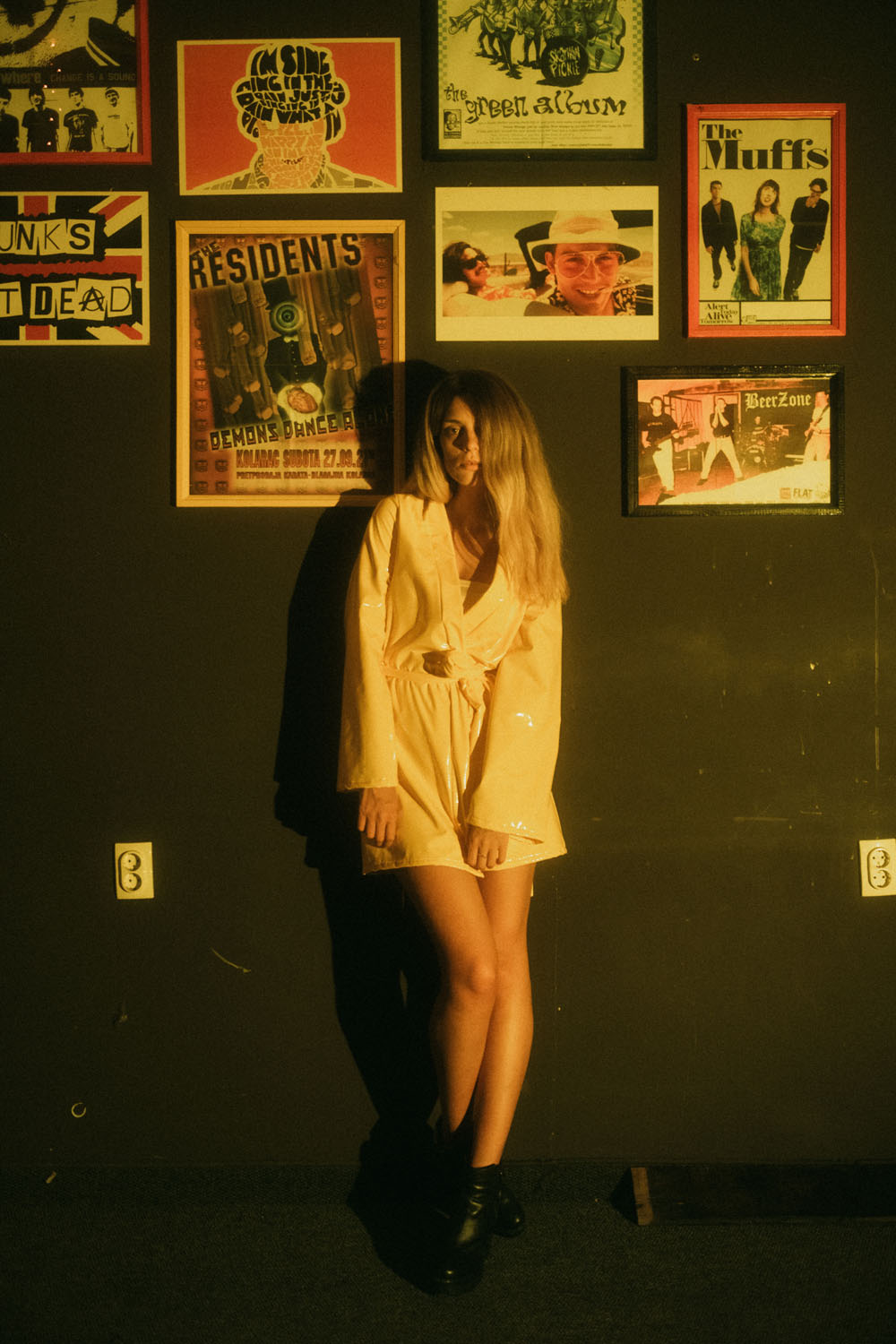
RIGHT: Fuji X-T3 . Fuji XF23mmF1.4 . F/1.4 . 1/125″ . ISO 1600



RIGHT: Fuji X-T2 . Fuji XF90mmF2 . F/2.0 . 1/1000″ . ISO 800


Award-winning photographer who first practised his eye and framing for a long time in the forest and nature, and in the last year or two, switched to working with people. For the past few years, photography has been an ongoing obsession of mine. If I’m not photographing or arranging works, I spend my time looking at the works of other photographers, listening to podcasts on the subject, or relaxing with movies, which are again – scanning frames, lights and colours and constantly looking for inspiration and new ideas. Even when I am without my favourite Fuji camera, my eyes are always looking for interesting scenes. I like to work with people, to capture spontaneous moments and emotions, to package them in frames that will look like a movie, I like to combine my artistic experience with the character of the clients and deliver them photos that they will love forever.





Johan
July 12, 2023 @ 12:43 pm
Wow!! Amazing kickass photography!
Some of the best by a Fujifilm photographer I’ve seen so far.
/ Johan
zsa63
July 14, 2023 @ 9:06 am
Simply fascinating!
Admirer
February 12, 2024 @ 9:32 pm
Pleasure to see, but also to read and learn! You can clearly see the passion and authenticity!